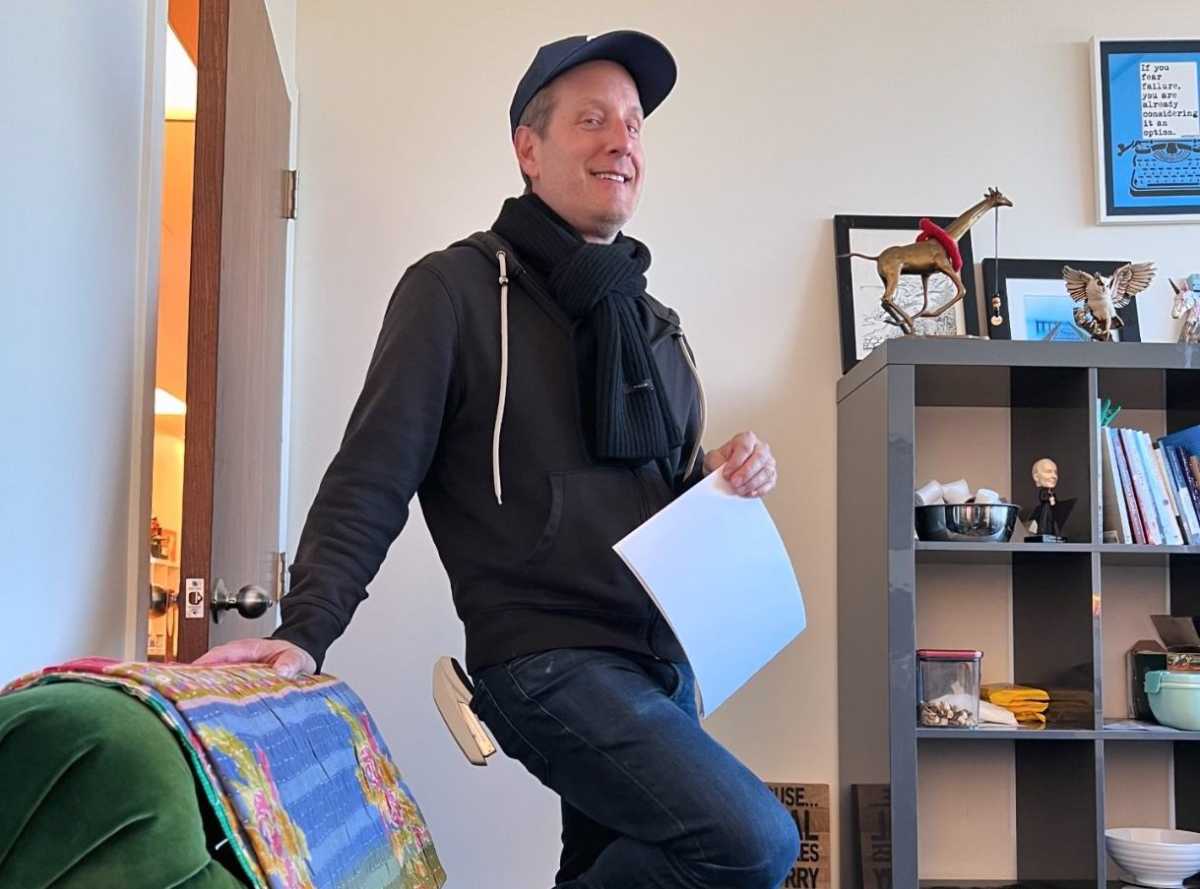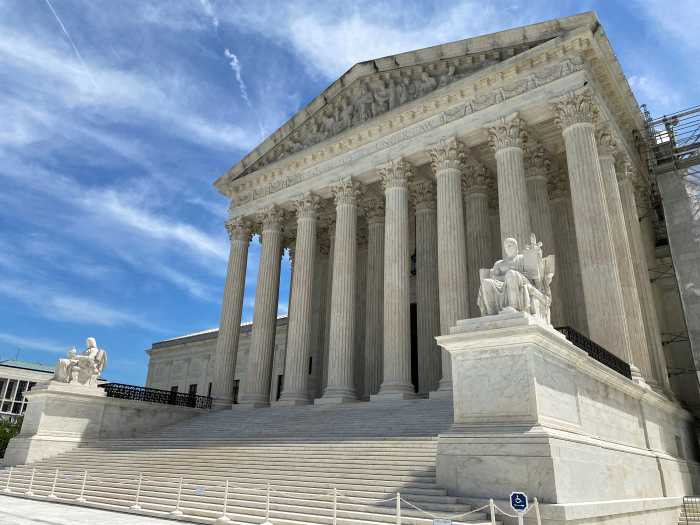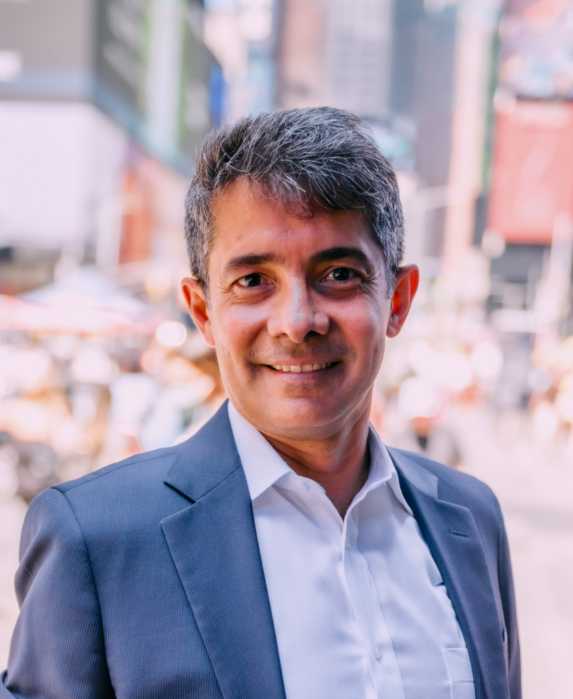The silent epidemic of methamphetamine addiction in the LGBTQ+ community has reached a breaking point, leaving countless lives shattered in its wake. In response to this growing crisis, Breathe Life Healing Center hosted the ChemSex Crisis Summit March 14-15 in West Hollywood, Calif.
The event was held to bring professionals together to confront uncomfortable truths about addiction and exploitation, and to develop effective strategies for prevention, treatment and recovery.
The stories of those impacted by meth addiction paint a harrowing picture of the depths of this crisis:
Dr. J, a once-prominent epidemiologist, found himself on the wrong side of the statistics he knew so well.
“I knew the data inside and out — I just never thought I’d become one of those grim statistics myself,” he recounts ruefully.
His journey from a rising star in the world of public health to a homeless addict on the streets of LA is a testament to the insidious power of meth addiction. After earning his PhD and advising on policies at a prestigious government agency, Dr. J’s groundbreaking insights into the LGBTQ community’s health disparities propelled him to a renowned university to lead cutting-edge research initiatives. With a generous salary and a beautiful home in the Hollywood Hills, Dr. J felt like he had it all.
But beneath the veneer of success, he was struggling with his own demons. “At first, meth was just a way to let loose and have fun,” he admits. “But then it became a way to cope with stress, a way to make sex hotter, a way to make myself feel more confident.”
As his addiction spiraled out of control, Dr. J found himself slipping further and further away from the life he had built. Within two years, he had lost everything: His job, his home, his relationships. He found himself living under an overpass, his once-brilliant mind consumed by the never-ending cycle of addiction.
It was only when he hit rock bottom, facing the grim reality that more than 1,900 people died from meth in LA in 2021 alone, that Dr. J found the strength to seek help. Medically-assisted treatment and LGBTQ+-affirmative rehab became his lifeline, helping him to slowly rebuild his shattered life.
Filling the emptiness
Peter’s story is a cautionary tale of privilege and addiction.
Born into wealth, his trust fund enabled a bohemian lifestyle that quickly descended into meth addiction. “I became idle and depressed,” he recalls. “That’s when meth lit me up like never before.” His recreational usage quickly spiraled out of control, leading him to burn through his allowance and pawn valuables to feed his habit.
“I sold a Warhol for a fraction of its value and it’s now worth many times more than it was then,” he laments, shaking his head at the memory. It was only through the intervention of friends who urged his family to cut him off financially and force him to return home, that Peter was able to break free from the grip of addiction.
“Those first sober years were just brutal,” he admits. “I resented everyone and everything. I was HIV-positive in a tiny, conservative rural town and my health was in the gutter.”
Slowly, with the support of his loved ones, Peter began to reassemble the pieces of his life. He found solace in caring for his aging mother and threw himself into his recovery with the same intensity he once devoted to chasing his next high.
Today, 20 years sober, Peter is grateful for the second chance he’s been given. “I still think about meth sometimes, and the life I had in Hollywood,” he confesses. “But I know I’d be dead without the people who saved me.”
Trafficked
Perhaps most chilling is the story of Carlos, a young Colombian man who found himself trapped in a nightmarish cycle of exploitation and addiction after being lured to the U.S. with the promise of a better life. Upon arrival, he was taken to a lavish house party that quickly revealed itself to be a facade for a dark world of abuse.
“The gringos that arrived later were wealthy looking people and I was told some of them were politicians, businessmen, married men with families,” he recounts with a shudder. Behind their masks of respectability, these men had paid the house and the young men were on the menu.
Drugged with meth and then exploited by powerful men, Carlos found himself trapped in a vicious cycle of addiction and sexual slavery. Even after a daring escape, fleeing into the unfamiliar streets wearing nothing but torn underwear, he found himself pulled back into the clutches of the trafficking ring, his hopes for a better life shattered.
It was only when a stroke nearly claimed his life that he found the courage to seek help, but even then, the path to recovery was fraught with obstacles. As an undocumented immigrant, Carlos faced countless barriers to accessing the support and treatment he so desperately needed.
Fear of deportation and a lack of information about resources available to trafficking victims kept him silent, even as he struggled with the trauma of his experiences and the grip of addiction.
“I’m pretty sure the LGBTQ community isn’t aware of the grip the sex-trafficking network has on people like me,” Carlos says, his voice heavy with emotion. “I’m also sad about that because I know for sure concern is silenced and that people just look the other way. I guess it’s too messy to care about, but people are dying and being addicted and their lives ruined. Some people are even disappeared.”
Even when Carlos finally found the courage to seek help, he discovered that the path to justice was far from equal. As an undocumented immigrant, he faced countless barriers to accessing the legal protections and support services that could have helped him break free from the trafficking ring and rebuild his life.
Feeling hopeless and alone, Carlos made the difficult decision to return to Colombia, but even there, the shadow of the trafficking network loomed large, threatening him and his family. Today, he continues to grapple with the trauma of his experiences and the grip of addiction, a stark reminder of the urgent need for better protections and support for trafficking victims, regardless of their immigration status.
Examining the truth
These stories are just a few examples of the countless lives impacted by the meth crisis in the LGBTQ community and underscores the need to develop effective strategies for prevention, treatment, and recovery.
“The ChemSex crisis is a complex issue that requires a multi-faceted approach,” says Brad Lamm, founder of Breathe Life Healing Centers and co-author of “Crystal Clear + Sexually Recovered” with Kathleen Murphy, executive clinical director of Breathe Life Healing Centers. “As these stories illustrate, meth addiction affects the entire LGBTQ spectrum, from the privileged to the marginalized. It’s one of the most urgent issues our community faces, and we must address it on every level — from the biological to the psychological to the societal.”
Murphy agrees. “We must address not only the biochemical effects of meth addiction but also the underlying traumas and social factors that contribute to it,” she explains. “Underlying childhood wounds from families and cultural institutions, from internalized homophobia — these are the roots that have to be healed.”
Melissa McCracken, a leading expert on substance abuse in the LGBTQ community, notes that many ChemSex users turn to substances, specifically meth, as a means to overcome fear and shame and to “hot wire” intimacy and connection.
“Queer sex education is lacking, and many folks do not learn courtship or intimacy skills in their formative years, resorting to drugs to engage with others,” she explains. “Meth also eradicates emotional consciousness, so the allure of a shame-free sexual experience is very enticing to many users who may not have the means or resources to seek out professional help to resolve shame, trauma, or internalized homophobia.”
McCracken also warns that the meth of today is not the same as it was 10-20 years ago, before the rise of cartel-produced “P2P meth.” “Not only is it more potent, but it is also manufactured differently, using different chemicals,” she explains. “The adverse effects of meth are more prevalent in P2P meth users, with upwards of 90 percent of those seeking treatment reporting psychosis, paranoia, anhedonia, isolation and ongoing mental health issues well into recovery.”
“We are seeing the effects of P2P meth in treatment that resembles long-term chronic use in folks who use the drug one or two times a month.”
The summit featured a range of speakers and panel discussions, covering topics such as the role of trauma in substance abuse, best practices for LGBTQ-affirmative treatment, and strategies for supporting long-term recovery. Organizers hope that the event will serve as a catalyst for ongoing action and advocacy, both within the LGBTQ+ community and beyond.
“We must come together as a community to demand change and to support those who have been marginalized and left behind,” Murphy says. “It is only by confronting the uncomfortable truths about addiction, exploitation, and inequality that we can begin to create a society where everyone has the opportunity to heal and thrive.”
This story originally appeared in the Los Angeles Blade.
































